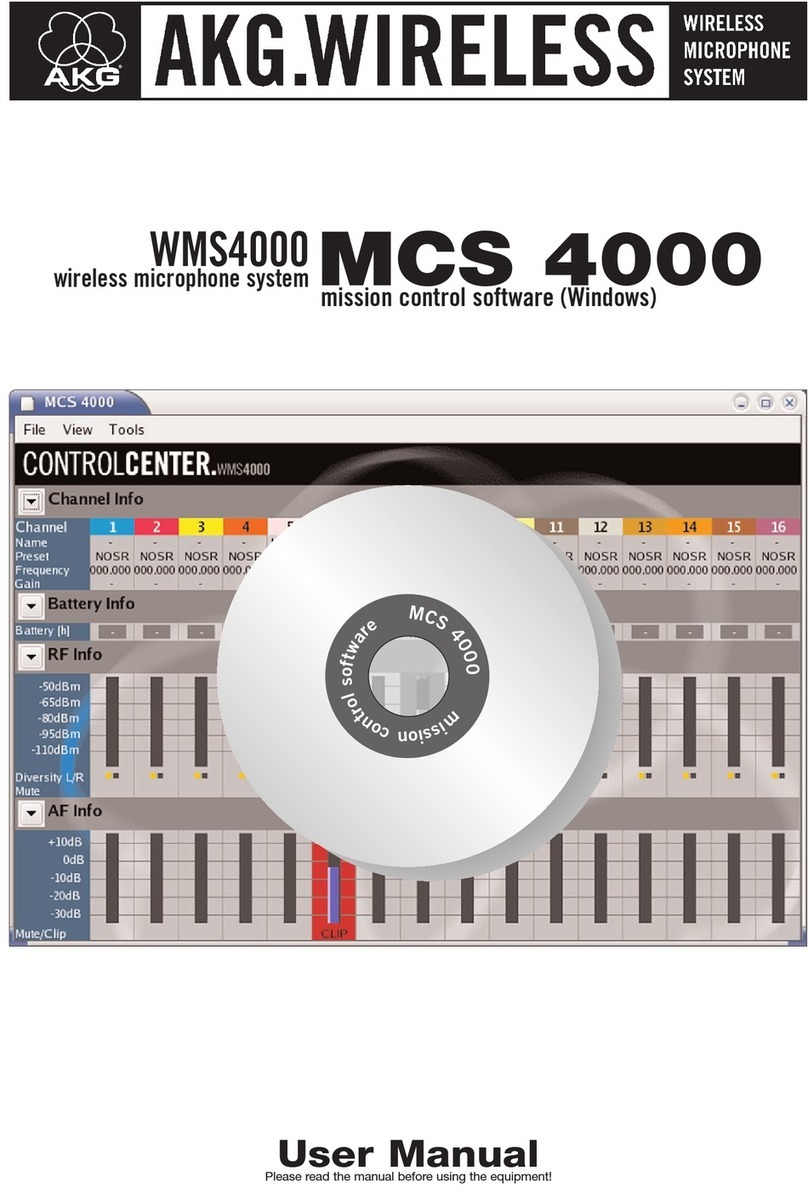4
4.4.8. C
HIPCARD
(D.8.) ............................................................................................... 22
4.4.8.1. Table of Chipcards (D.8.1.) ..................................................................... 23
4.4.8.2. Chipcard number (D.8.2.) ........................................................................ 23
4.4.8.3. Reading and wri ing a chipcard (D.8.3. and D.8.4.) ............................... 23
4.4.8.4. Exi (D.8.5.) .............................................................................................. 24
4.4.9. L
ANGUAGE
E
DITOR
(D.9.) ................................................................................ 24
4.4.9.1. Source language (D.9.1.) ......................................................................... 25
4.4.9.2. Des ina ion language (D.9.2.) .................................................................. 25
4.4.9.3. Cap ion (D.9.5.) ....................................................................................... 25
4.4.9.4. Replace (D.9.6.) ....................................................................................... 25
4.4.9.5. Save and Exi (D.9.7.) .............................................................................. 25
4.4.10. C
ONFERENCE
L
OG
(D.10.) ................................................................................ 26
4.4.10.1. Conference ab (D.10.1.).......................................................................... 26
4.4.10.2. «Par icipan s» ab (D.10.2.) .................................................................... 27
4.4.10.3. «Speeches, Vo es» ab (D.10.3.) .............................................................. 27
4.4.11. L
IST OF
U
NITS
(D.11.) ....................................................................................... 28
4.4.12. E
XTERNAL
M
ICROPHONE
S
ETUP
(D.12.) ........................................................... 29
4.4.13. E
MULATOR
(D.13.) ........................................................................................... 29
4.4.14. P
ROJECTION
-
S
ECONDARY
D
ISPLAY
(P.) .......................................................... 30
4.4.14.1. Allowance of projec ion (P.1.) ................................................................. 30
4.4.14.2. Selec ing he mode of projec ion (P.2.) .................................................... 31
4.4.14.3. Background image (P.3. – P.4.) ............................................................... 32
4.4.14.4. Speakers ................................................................................................... 32
4.4.14.5. Vo es ......................................................................................................... 34
4.4.14.6. Vo ers ....................................................................................................... 35
4.4.14.7. Re urn o window «Se ings» or «Conference» (P.6.) ............................. 35
4.5. C
ONFERENCE CONTROLLER
(C.) ............................................................................ 3
4.5.1. L
OAD CONFERENCE
(C.1.) ................................................................................. 37
4.5.2. «U
NLOAD CONFERENCE
»
(C.3.) ........................................................................ 37
4.5.3. «S
TART CONFERENCE
»
(C.4.) ........................................................................... 38
4.5.4. «T
OPICS
»
(C.5.) ................................................................................................ 38
4.5.5. «P
ARTICIPANTS
»
(C.6.) ..................................................................................... 38
4.5.6. «P
ERSONAL DETAILS
»
(C.7.) ............................................................................. 38
4.5.7. A
LLOCATING THE UNITS
(C.8.) ......................................................................... 39
4.5.8. R
UNNING A CONFERENCE
–
WITH LISTED CONFERENCE CONTROL
(C.A.) .......... 40
4.5.8.1. «End conference» (C.4.) .......................................................................... 40
4.5.8.2. «Topics» (C.5.) ......................................................................................... 40
4.5.8.3. «Pause conference» (C.9.) ....................................................................... 41
4.5.8.4. «S ar priori y» (C.10.) ............................................................................ 41
4.5.8.5. «Revoca ion of priori y» (C.11.) .............................................................. 41
4.5.8.6. «Speaker mode» (C.12.) ........................................................................... 41
4.5.8.7. «Add o speakers’ lis » (C.13.)................................................................. 42
4.5.9. R
UNNING A CONFERENCE
–
WITH GRAPHIC CONFERENCE CONTROL
(C.B.) ....... 43
4.5.9.1. Me hod of conference con rol .................................................................. 44
4.5.9.2. Managing he graphic in erface ............................................................... 44
4.5.10. R
UNNING A CONFERENCE
–
C
ONFERENCE
L
OG
(C.C.) ...................................... 45




























